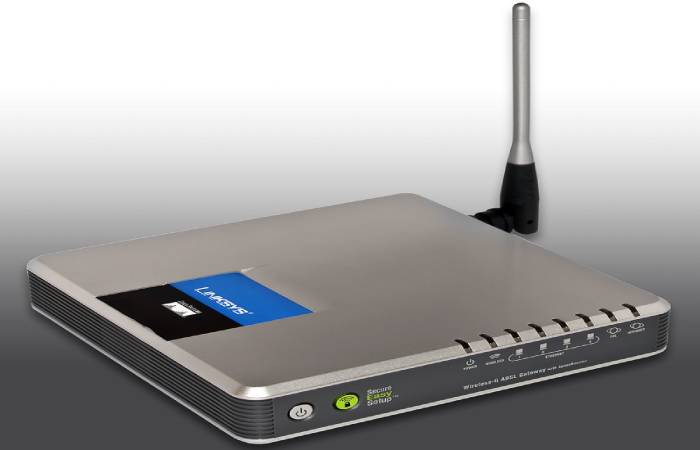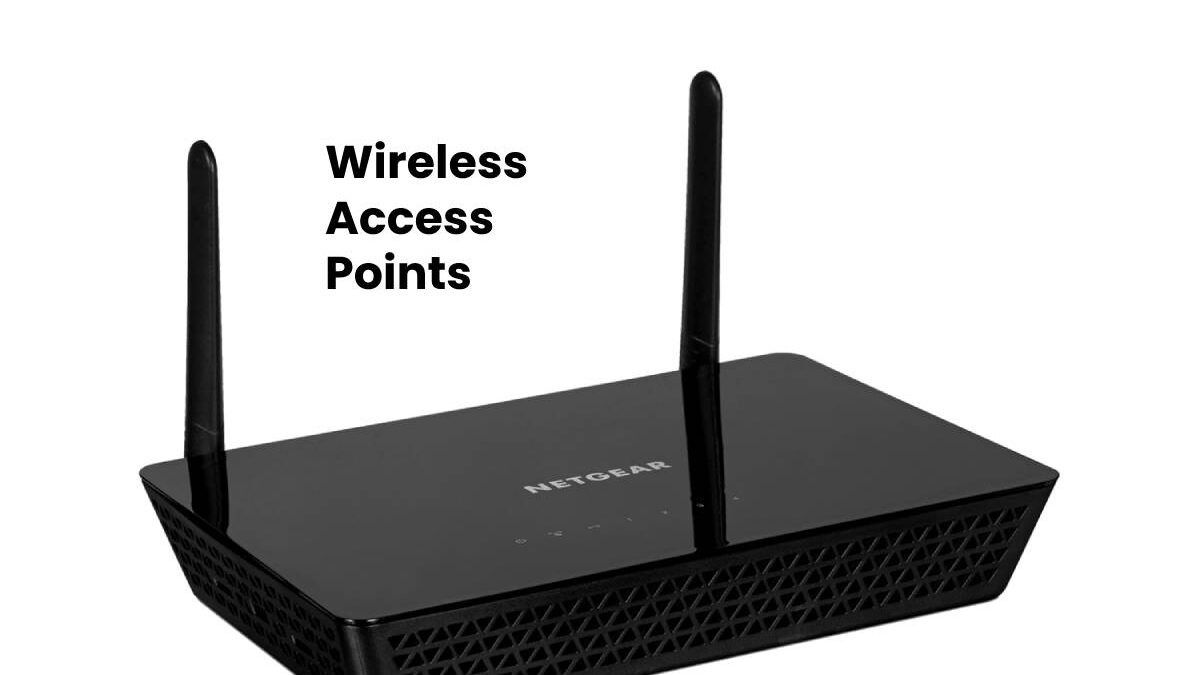Table of Contents
What is Wireless Access Points?
Wireless access points (APs or WAPs) are wireless devices capable of allowing connection between Wi-Fi devices and wired networks. These makeup wireless local area networks (WLANs). An access point acts as a central transmitter and receiver for wireless radio signals.
The most common wireless access points have Wi-Fi support. They are generally used in homes to support hot spots or public hot spots on the Internet.
And in the company networks to organize the proliferation of wireless mobile devices in use. The access point can incorporate into a wired router, or it can place as a standalone device.
If you find yourself using a tablet or laptop to connect to the internet, in this case, you would be going through an access point – either an independent.
Or built-in hardware type, which allows users to access the network without connecting through the use of a cable.
History of Wireless Access Points
- The first wireless access points release before Wi-Fi. Proxim Corporation (a distant relative of today’s Proxim Wireless) produced the first devices of this class, titled RangeLAN2, and making their appearance in 1994.
- Access points gained popularity shortly after the first commercial Wi-Fi products. Make their appearance back in the late 1990s.
- Despite being labelled “WAP” devices in their early years, the industry gradually began to use the term “AP” instead of “WAP” to refer to them.
- In part, avoid confusion with the time or wireless application Protocol, although some access points are wired devices.
The Advantages of Using Wireless Access Points

If your employees and your guests connect to the network using their desktops, laptops, smartphones and tablets.
The maximum quota of 20 connected devices will fill up quickly. Giving the ability to handle up to 60 simultaneous influences.
The access points offer you the freedom to scale the number of devices the network can support. However, this is just one of the benefits of using these network boosters, also consider the following:
- Professional access points can install in any location where you can run an Ethernet cable.
- Newer models are also compatible with Power over Ethernet Plus (PoE +), a combo between an Ethernet cable and a power cable. There is no need to install additional electrical wiring or a plug near the access point.
- Some standard add-on features include Captive Portal and Access Control List (ALC). So you can limit access to guest users without compromising network security and manage user accounts within your Wi-Fi network.
- Some access points include the clustering feature, which offers a single point from which the IT administrator can view, install, configure.
- And protect a Wi-Fi network as a single entity rather than as multiple access point configurations.
Why Wireless Access Points are a Better Choice for Businesses?

- Although network extenders are extremely useful for home Wi-Fi networks, they are not efficient enough for modern professional networks.
- This is because they can only service a limited number of devices simultaneously, usually a maximum of 20. Although network extenders increase the coverage of a Wi-Fi router, they do not increase the available bandwidth.
- Depending on the number of devices you have simultaneously connected, a Network Extender can even reduce the overall performance of your network.
Conclusion
An access point is a wireless network device that acts as a portal for devices to connect to a local area network. Access points use to extend the wireless coverage of an existing network and increase the number of users that can connect to it.
A high-speed Ethernet cable runs from a router to an access point, transforming the wired signal into a wireless one. Wireless connectivity is typically the only available option for access points, establishing links with end-devices using Wi-Fi.
Also Read: Google Pixel 5a Review – Price, Release Date, and More

